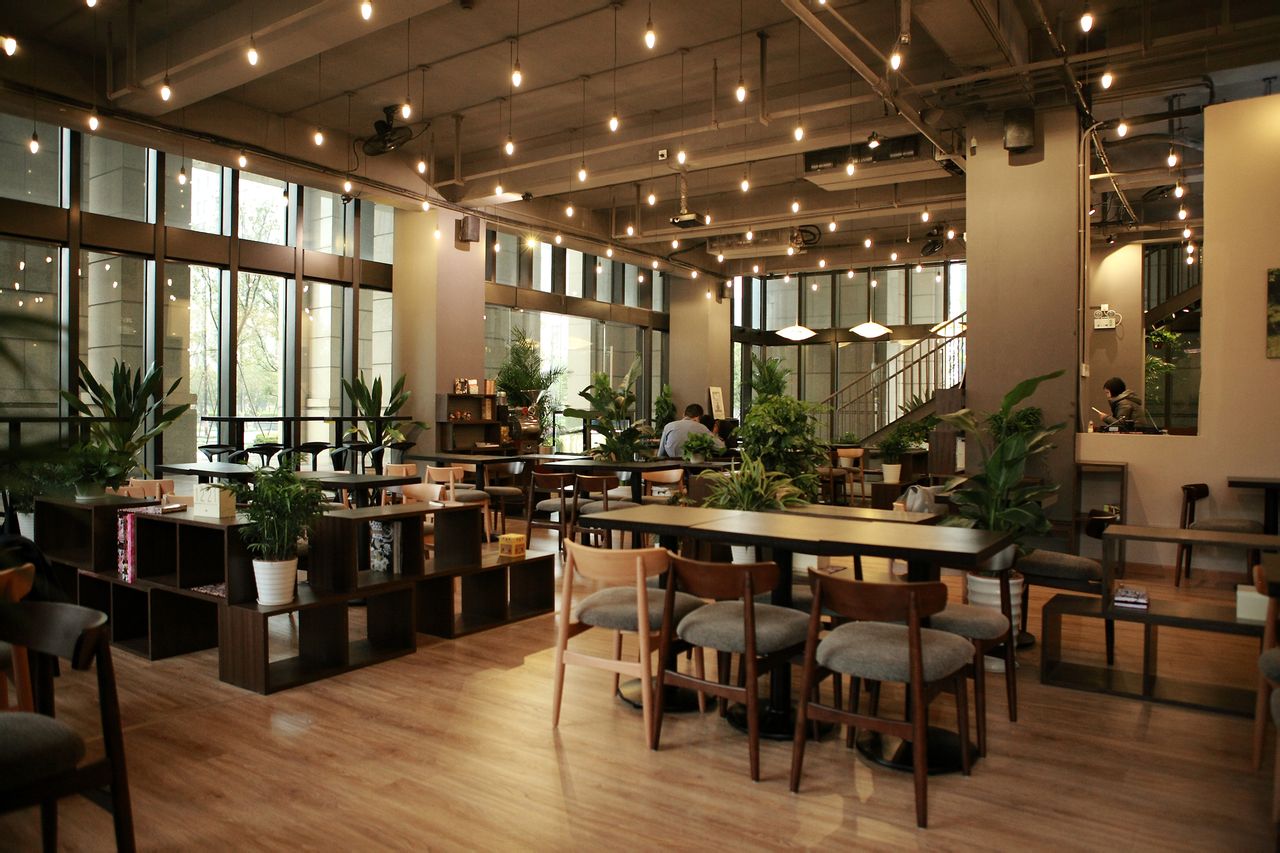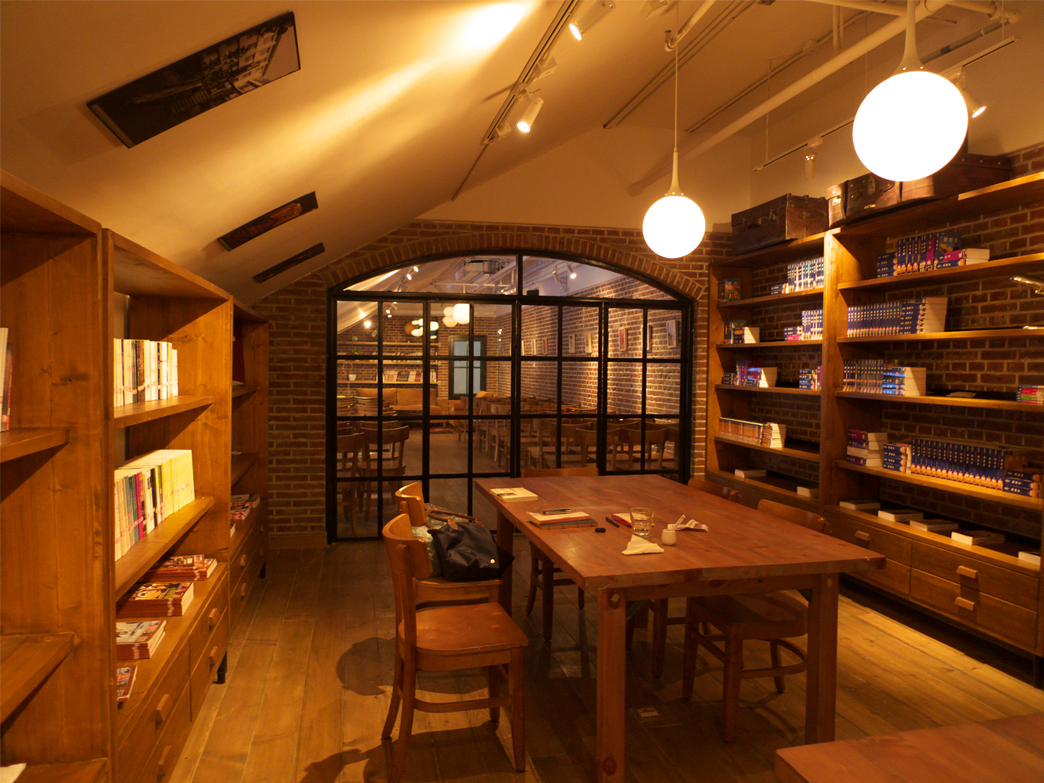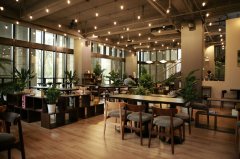An important factor in the high price of coffee caused by the price of coffee beans

The Modern period of Chinese Coffee
Leaving aside the glory of Shanghai before liberation, the real development of the coffee industry in Shanghai, including the whole country, is only 10 years. Ten years ago, in the millennium, China's first Starbucks officially opened in Beijing, which also opened a golden decade for the development of China's coffee industry. With Dio and other stores springing up across the country and international chains such as Costa,TheCoffeeBean&TeaLeaf entering the Chinese mainland market, the Chinese government finally recognized barista as the sixth batch of new jobs in China in 2006. In 2008, the first store of 85C was officially opened on Fuzhou Road. Although the store was harmonized three days later because some of its processes did not conform to Chinese characteristics, the trend of 85C soon swept through first-tier cities across the country, heralding the general trend of the popularization of coffee. In 2010, the Ministry of Education formally included the vocational course of barista as a professional subject in vocational schools such as technical secondary schools.
Now, when you go to every city in China, you find coffee big or small. Interestingly, the style of the city coffee shop almost represents the degree of economic and cultural development of the city. You can find all kinds of international chains, local chains and individual stores blossom in Beijing, Shanghai and Shenzhen. In Wenzhou, you can find many fake chain franchises that fully reflect the characteristics of Wenzhou. In Xi'an, coffee shops are full of humanistic atmosphere and are the favorites of indignant and Wenqing. In Guilin, Gulangyu and Lijiang, many people with successful careers in metropolises linger in the beautiful scenery and open a coffee shop there without thinking about Shu. Just settle down like that. In many cases, the coffee shop is no longer covered by a cup of coffee.
Chinese Coffee Shop-- the highest Price and low quality Coffee Shop in the World
The initial pricing power of the Chinese coffee market was actually in the hands of Starbucks. After Starbucks entered China in 2000, it set a price for China's Starbucks according to the exchange rate of RMB against the US dollar at that time. Since then, this price has also become the unified pricing of coffee shops in almost all cities in China. Today, it is still accepted by the vast majority of coffee shops. What is more interesting is that Although there is a big gap in consumption and income between China's first-tier cities and second-and third-tier cities, the price of coffee is almost uniform across the country, and it is often more expensive in smaller cities.
In fact, with the continuous rise of the RMB exchange rate in recent years, the price of Chinese coffee, regardless of the national income ratio, its absolute price is also rising, and has taken the lead in achieving the great goal of catching up with Britain and the United States. At present, the average price of domestic coffee is about 28 yuan, which is equivalent to about 4.1 US dollars and 3.4 euros at the exchange rate of June 2010.
According to 2009 statistics, the price of coffee lattes sold by Starbucks in the United States is $2.70, while the average price of coffee from Starbucks is around $2. In Europe, in the best coffee shops on both sides of the Seine in France, coffee is usually 1-2 euros, rarely more than 3 euros. In Italy, the price of a cup of Espresso is generally 0.50 euros. In places where per capita income is nearly 10 times that of Chinese, coffee is cheaper than in China. More importantly, coffee sold at high prices in China is often not high-quality coffee. This is a question worth pondering. Can the quality of coffee in China improve at the same time as the price?!

What drives up the price of coffee in China?
If it is excusable for the high price of imported Chinese coffee due to the low exchange rate in the early days, why is the price of coffee still high today? What makes the regulation of the market lose its function in coffee shops? The answer is that the current high price of coffee is forced by helplessness, and there are very few coffee shops in China that really make money.
Coffee shop's biggest enemy-real estate!
China's coffee industry can be said to be the biggest victim of the development of China's real estate industry. Unfortunately, the golden decade of Chinese coffee is also the golden decade of China's real estate industry. For the vast majority of coffee shops, the material cost of coffee is not the biggest cost of coffee shops. in fact, generally speaking, the material cost of coffee only accounts for 10%-15% of the price, and it will be even lower for chain stores. For example, McDonald's beverage costs should not exceed 1.5 yuan with packaging; happy lemons sell for 5-6 yuan, including packaging costs of 1 yuan. Baber, Pizza Hut, Typhoon Shelter Tea Restaurant and other well-known chain stores, their beverage costs are controlled within 3 yuan. Dio on Shanghai Island sells 35 yuan of coffee, and its material cost is as low as 1.20 yuan.
So in China, what we spend money on is not coffee, but additional things such as rent and environment, but coffee itself is not so important.
The high rent not only raises the rent of the store, but also raises the salary of the staff. what makes the coffee shop owners helpless is that many people in China go to the coffee shop and stay all day, resulting in a very low turnover rate of the coffee shop. This also indirectly promotes the cost of coffee.
Important Notice :
前街咖啡 FrontStreet Coffee has moved to new addredd:
FrontStreet Coffee Address: 315,Donghua East Road,GuangZhou
Tel:020 38364473
- Prev

An important factor in the high price of coffee caused by the price of coffee beans
The modern period of coffee in China put aside the glory of Shanghai before liberation, the real development of the coffee industry in Shanghai, including the whole country, is only 10 years. Ten years ago, in the millennium, China's first Starbucks officially opened in Beijing, which also opened a golden decade for the development of China's coffee industry. With Dior and other chain stores on the island springing up all over the country, Costa,TheCo
- Next

Coffee celebrities the 10 most influential people in the coffee world
No. 10: Brandon Loppe, the advertising director from Alabama who made a coffee movie, now has his studio in San Francisco. The theme of the first documentary of his life was specialty coffee. In order to make this documentary, he visited almost every city in the world that is closely related to coffee, from Honduras and Rwanda to Tokyo, New York,
Related
- Costa tea has a shelf life of 100 years?! Expert: Unable to verify
- It's a huge uproar! American milk addition was rejected by Manner employees?!
- Mocha pot coffee bean recommendations| How fine and how much powder should be used for grinding? What parameter ratios do I need to use to make milk with Mocha pot coffee?
- What are the characteristics of the world's top ten coffee beans treated with Costa Rica honey? How to make black honey kadura from Tarazhu Pilon Processing Plant taste good?
- How to make deep-roasted coffee? What grinding water temperature does authentic Jamaica Blue Mountain No. 1 coffee use to brew it well?
- Selected high-grade rose summer coffee flavor tasting guide Why Panama rose summer has the aroma of flowers and fruits
- What equipment does a novice Xiaobai need to buy to learn to make coffee? Filter cup electronic scale bean grinder manual flushing pot purchase guide
- Stores are closed one after another! Centenary Italian coffee brand Lavazza will withdraw from the Changsha market?!
- Tea Beauty will open a store in Shanghai and Shenzhen?! Netizen: Change the write-off mechanism first
- Fake news! Mixue Ice City employees insulted HR and smashed the store?!

